A Comprehensive Guide to the Budgerigar
The budgerigar, often simply called a budgie, is a small, long‑tailed, seed‑eating parrot native to Australia. Beloved as a pet worldwide, the budgie is much more than just a colorful companion. This guide explores the budgie’s natural history, behavior, and its place in both the wild and human society.
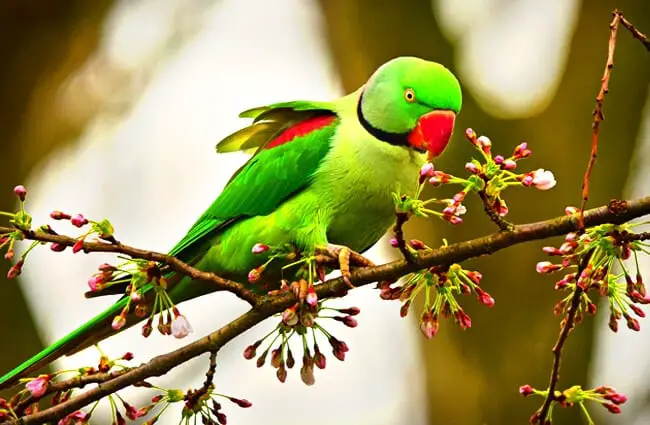
Origins and Habitat
Budgies originated in Australia, where they inhabit grasslands, open woodlands, and shrublands. Historically, vast flocks numbering in the millions would migrate across the Australian continent following seasonal rainfall and food availability. Their range spans much of the interior of Australia, though populations have become fragmented due to habitat loss and changes in land management. Budgies thrive in areas near water sources, which are vital for drinking and bathing.
Evolutionary History
The budgerigar belongs to the Psittacidae family, which encompasses all parrots. Its evolutionary lineage traces back millions of years, with ancestors sharing common traits with other Australian parrot species. Fossil evidence suggests that budgies diverged from other parrot lineages relatively recently, adapting to a specialized diet of grass seeds and developing the strong beak and digestive system needed to process them. Their ability to adapt to diverse conditions enabled them to thrive across the Australian landscape.
Physical Characteristics
Budgies are renowned for their vibrant plumage. Wild‑type budgies typically exhibit a bright green body with yellow faces, black barring on their backs and wings, and a blue tail. However, selective breeding in captivity has produced a stunning array of colors, including blue, white, yellow, and grey, often with variations in facial markings. Males generally have more vibrant coloring and a distinct cerulean blue cere (the fleshy area above the beak), while females have a browner cere. Adult budgies average around 18 to 20 centimeters in length, including their tail feathers.
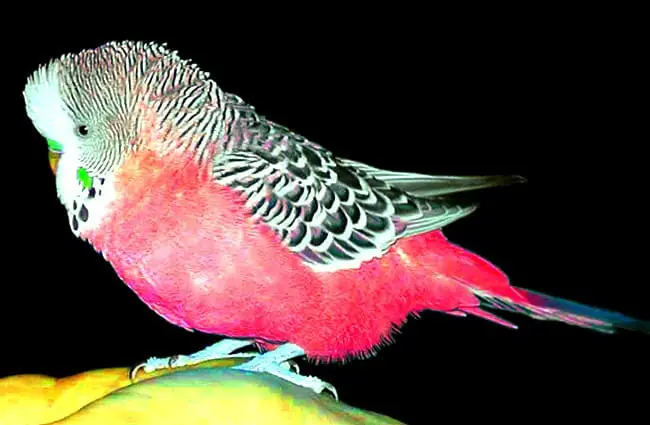
Diet and Foraging Behavior
In the wild, budgies are primarily granivores, meaning their diet consists mainly of grass seeds. They possess a specialized tongue with a brush‑like tip, which helps them efficiently extract seeds from grass heads. Budgies are social foragers, often feeding in large flocks. They frequently descend upon fields after rainfall, when seeds are most abundant. They supplement their diet with occasional berries, shrubs, and small insects, especially during breeding season.
Social Behavior and Communication
Budgies are highly social birds, naturally living in large, nomadic flocks. This social structure provides protection from predators and enhances foraging success. Communication is vital within these flocks, achieved through a variety of vocalizations, including chirps, whistles, and contact calls. They also communicate through body language, such as feather fluffing and head bobbing. Their ability to mimic sounds, including human speech, is a remarkable trait, believed to be linked to their social bonding and vocal learning capabilities.
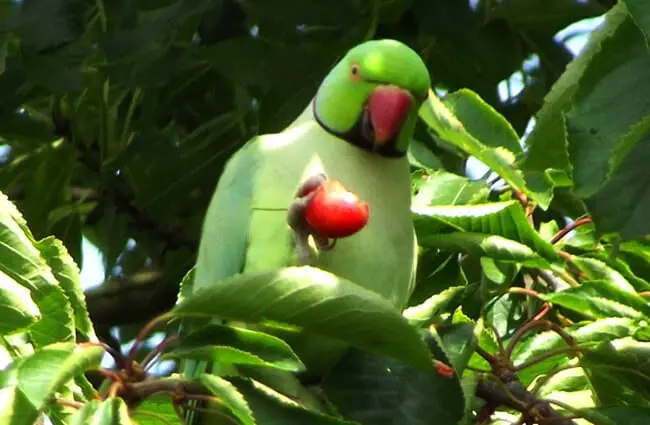
Mating and Reproduction
Budgies typically breed during the warmer months, though breeding can occur year‑round in captivity. Males attract females through elaborate courtship displays, involving singing, dancing, and feather displays. Budgies are monogamous, forming strong pair bonds that can last for life. They nest in tree hollows, often utilizing existing cavities or excavating their own. The female lays between four and eight eggs, which she incubates for approximately 18 to 20 days. Both parents participate in feeding and caring for the chicks, which fledge at around 30 to 35 days old.
Budgies in the Ecosystem
Budgies play an important role in the Australian ecosystem. As seed‑eaters, they contribute to seed dispersal, aiding in the propagation of native grasses and plants. They also serve as a food source for predators, including birds of prey and reptiles. However, due to habitat loss and competition from introduced species, wild budgie populations have declined in recent decades. Conservation efforts, including habitat protection and predator control, are crucial for ensuring their long‑term survival.
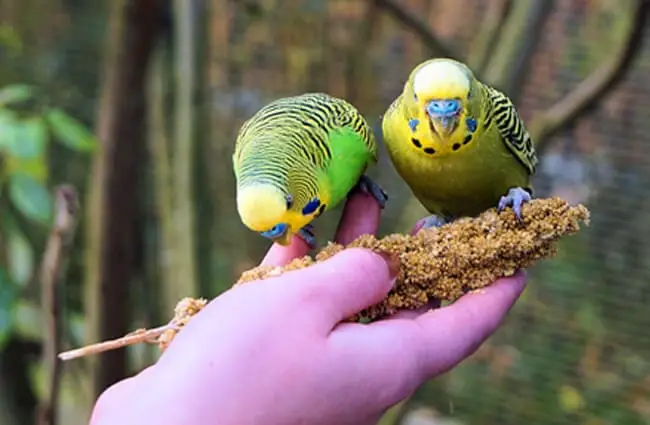
Budgies and Human Interaction
Budgies have been popular pets for centuries, prized for their playful personalities, vibrant colors, and ability to learn tricks and mimic speech. The first recorded introduction of budgies to Europe was in 1840. Their adaptability and relatively small size make them suitable for indoor environments. However, responsible pet ownership requires providing a spacious cage, a nutritious diet, mental stimulation, and regular veterinary care.
Budgie Conservation Status and Threats
While not currently listed as globally threatened, wild budgie populations are facing increasing pressures. Habitat loss due to land clearing for agriculture and urban development is a major threat. Competition from introduced species, such as European starlings and Indian mynah birds, also impacts their food supply and nesting sites. Climate change, with increased frequency of droughts and bushfires, further exacerbates these challenges. Conservation initiatives focusing on habitat restoration and predator control are essential for protecting wild budgie populations.
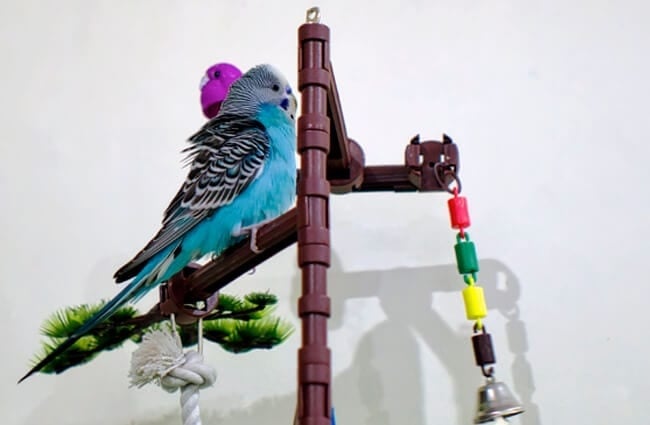
Interesting Budgie Facts
- Budgies can live for 5 to 10 years in the wild and 10 to 20 years in captivity.
- They are capable of learning hundreds of words and phrases.
- Budgies have a unique digestive system that allows them to process seeds efficiently.
- Males often “dance” to attract females during courtship.
- They use their feet to hold food while eating.
- Budgies can recognize their owners and form strong bonds with them.
- They are highly intelligent and require mental stimulation to prevent boredom.

For the Aspiring Zoologist
Further research into budgie behavior could focus on the complexities of their vocal learning abilities, the nuances of their social hierarchies, and the impact of environmental changes on their reproductive success. Investigating the genetic basis of their color variations and exploring the potential for disease resistance are also promising avenues for research. Understanding the budgie’s ecological role and its interactions with other species is crucial for developing effective conservation strategies.

The budgerigar is a captivating bird, a testament to the beauty and complexity of the natural world. Whether observed in the wild or cherished as a pet, the budgie continues to fascinate and inspire.

![Red Angus Closeup of a beautiful Red Angus cowPhoto by: U.S. Department of Agriculture [pubic domain]https://creativecommons.org/licenses/by/2.0/](https://animals.net/wp-content/uploads/2020/03/Red-Angus-4-238x178.jpg)




![Red Angus Closeup of a beautiful Red Angus cowPhoto by: U.S. Department of Agriculture [pubic domain]https://creativecommons.org/licenses/by/2.0/](https://animals.net/wp-content/uploads/2020/03/Red-Angus-4-100x75.jpg)

